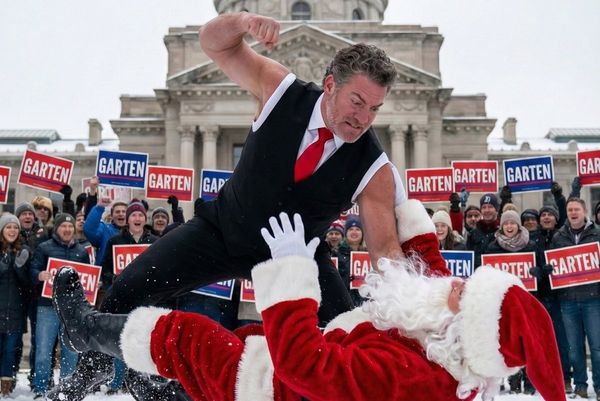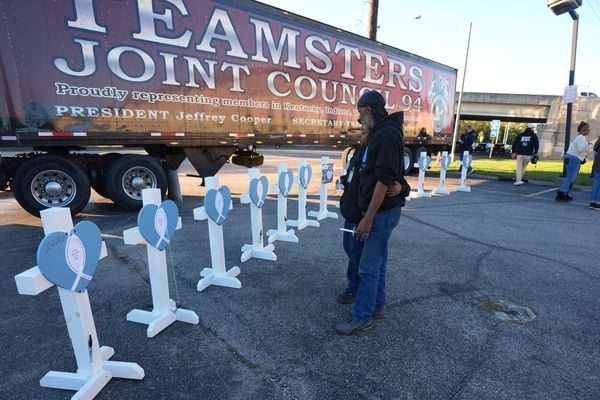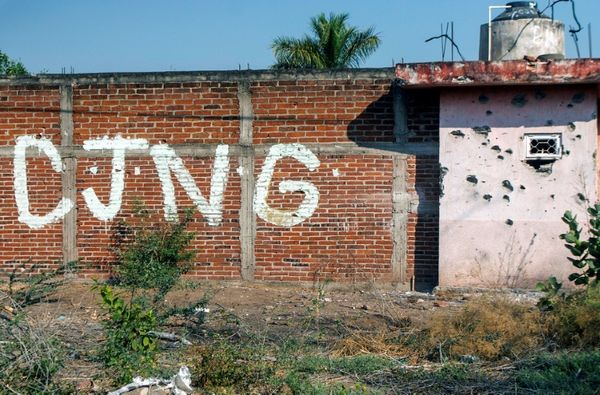
Dance and cinema have a common source. The clue’s in the name: motion pictures. Movement is at the root of both art forms. That crossover is most obvious in early cinema, with its gestural acting style, its stunts and spectacles, in its long – now mostly long over – love affair with the musical. Nowadays, in western cinema at least, you’d be harder pushed to focus on movement in the movies. It’s there, of course, but most films press all their means – actors, scenes, music, movement – into the service of a different master: the narrative.
Jacqui and David Morris’s new Christmas Carol movie, then, comes as something of a shock: a feature film that puts dance front and centre, all the way through. A crazy idea! How does that work? The bottom line, I think, is that the directors make no pretence at narrative realism. It is nominally set inside a toy theatre, the film footage is often layered with paper cutouts and newsprint; Siân Phillips’ fireside voice narrates in the background, and every character is doubled by an on-screen dancer and a voice actor. Dance fits in by being as artful, as artificial as all the other means.
The choreography is by Russell Maliphant, who is known for his contemporary work but started out in ballet – an influence most visible in the character played by his wife Dana Fouras, also a former ballet dancer. As the ghost of Christmas past, her figure is freighted with the iconography of 19th-century ballet: a spectral woman, moonlit, draped in gauzy white veils, more apparition than physical presence. The poise and eloquence of her arms, the inclines of the head, are all of a piece with the romantic style.
There’s another, less obvious balletic feature, too. Look at crowd scenes on the ballet stage and you often see little ruffles of gesture forming a kind of background texture: small nods, touches on the shoulder or face, ripples of reaction, elegantly styled. You see that here, too, in the street scenes, in the parties. It makes them feel mobile, but also politely restrained.
This is not typical of Maliphant’s choreography, which looks to the more dynamic forms of the coil and the vortex, to the tension and flex between joint and muscle. True, there is a great deal of spiralling in the film, in the ballroom holds, in the leaf-like eddies of people in groups, not least in the motion of the camera itself. Yet the effect is curiously un-kinetic. Why?

I reckon the narrative is keeping grip of the reins after all. The dancing doesn’t stray too far from naturalistic gesture, and it hovers around walking pace, or even slower. Two moments brought this home to me. When the air becomes “filled with phantoms”, dancers are arrayed across the screen, shackled to scaffolds – and yet they don’t break out into a set-piece that spooks us with spectacle. The story simply continues, its narrative chains barely rattled. Later, a fight scene crosscuts between four hurling, tumbling men and a demonic woman whose arms slice in cracked angles about her head. Finally – if briefly – the dancing is off the leash.
A Christmas Carol was filmed in 2018, well before Covid. I wonder if not just its production but its attitude might be different now. In 2020, dance has of necessity grown far more conscious of its on-screen presence. At the same time, cinema appears to be more interested in dance: the London film festival’s new virtual reality strand had an eye on choreography, and even primetime narratives have been experimenting with dance – witness Steve McQueen’s Lovers Rock, essentially a long dance scene with a narrative pretext, or the danced finale to crime drama Giri/Haji. If movies and movement are meeting again, perhaps dance won’t be pulling its punches, or narrative convention calling all the shots.
A Christmas Carol is in cinemas now.
!["[T]he First and Fifth Amendments Require ICE to Provide Information About the Whereabouts of a Detained Person"](https://images.inkl.com/s3/publisher/cover/212/reason-cover.png?w=600)






